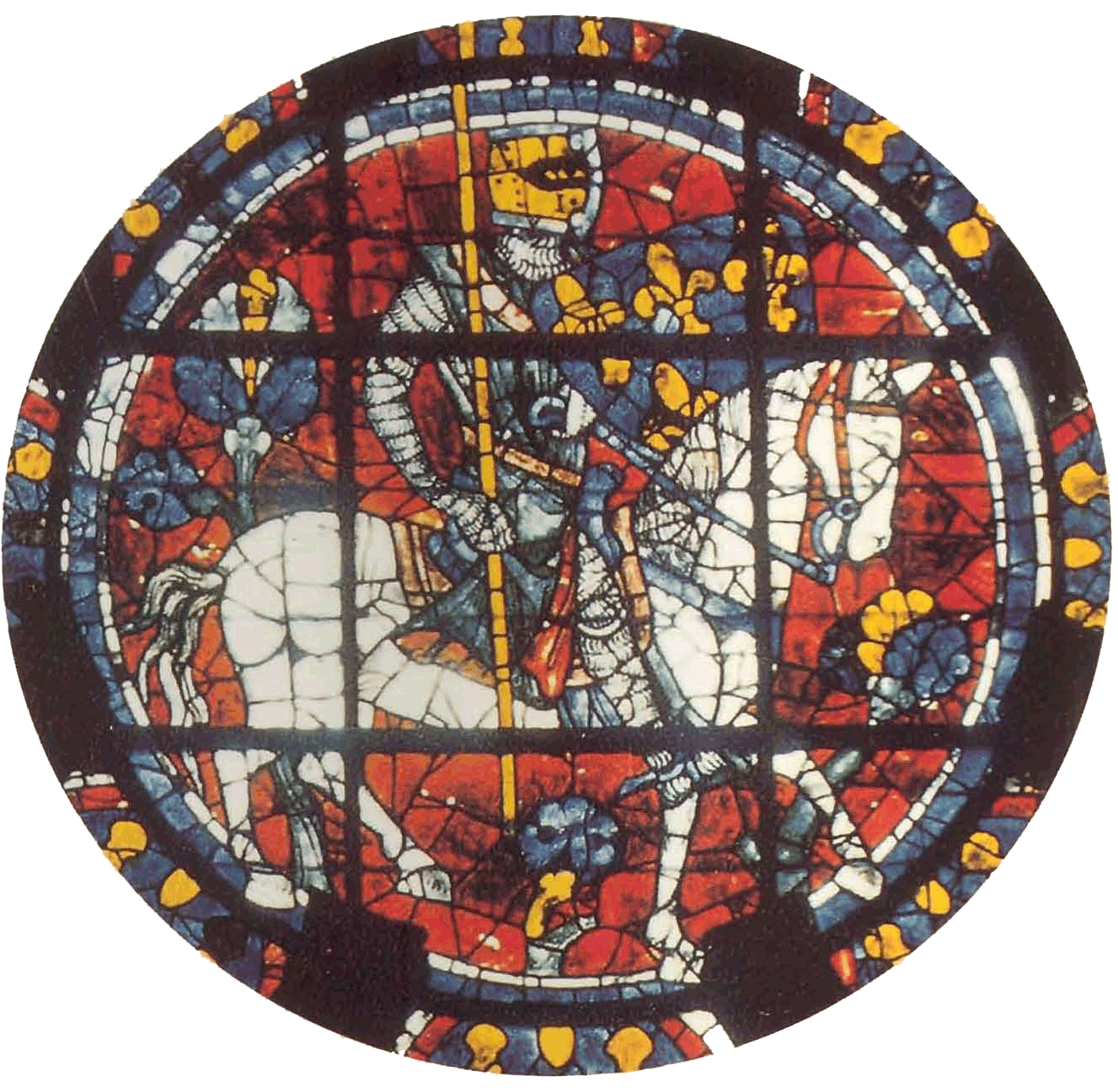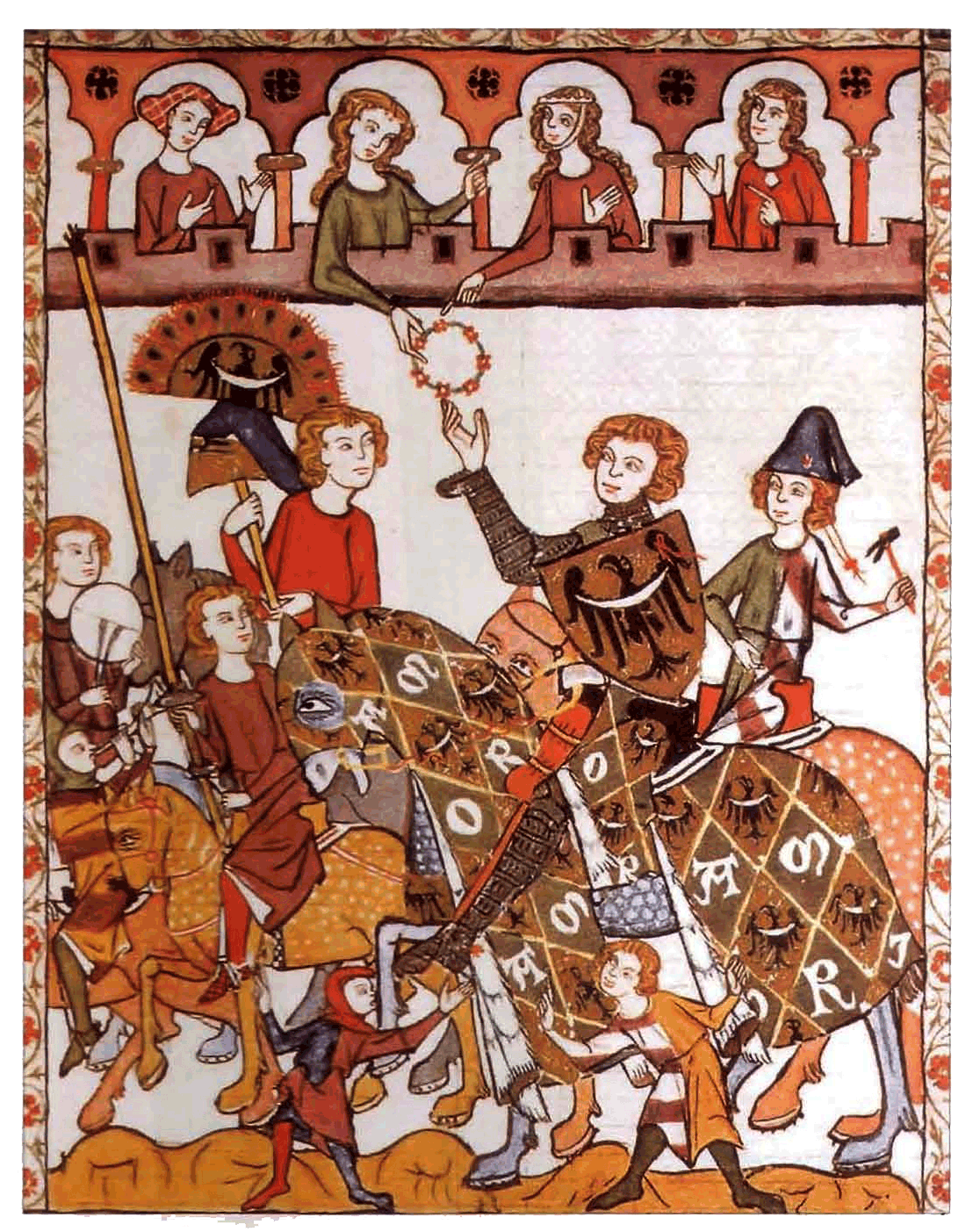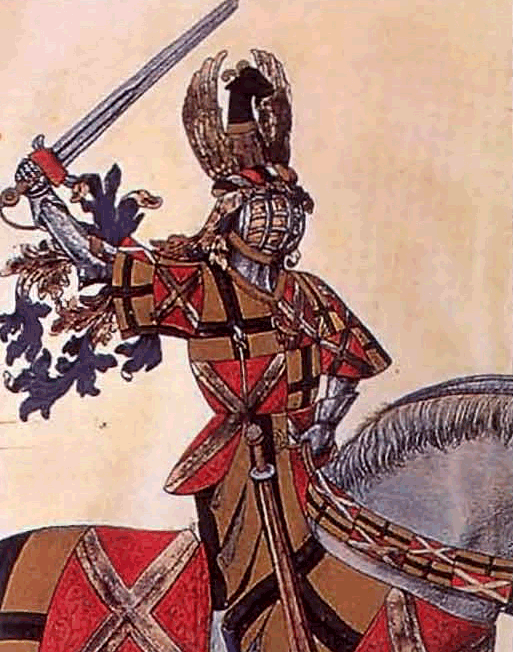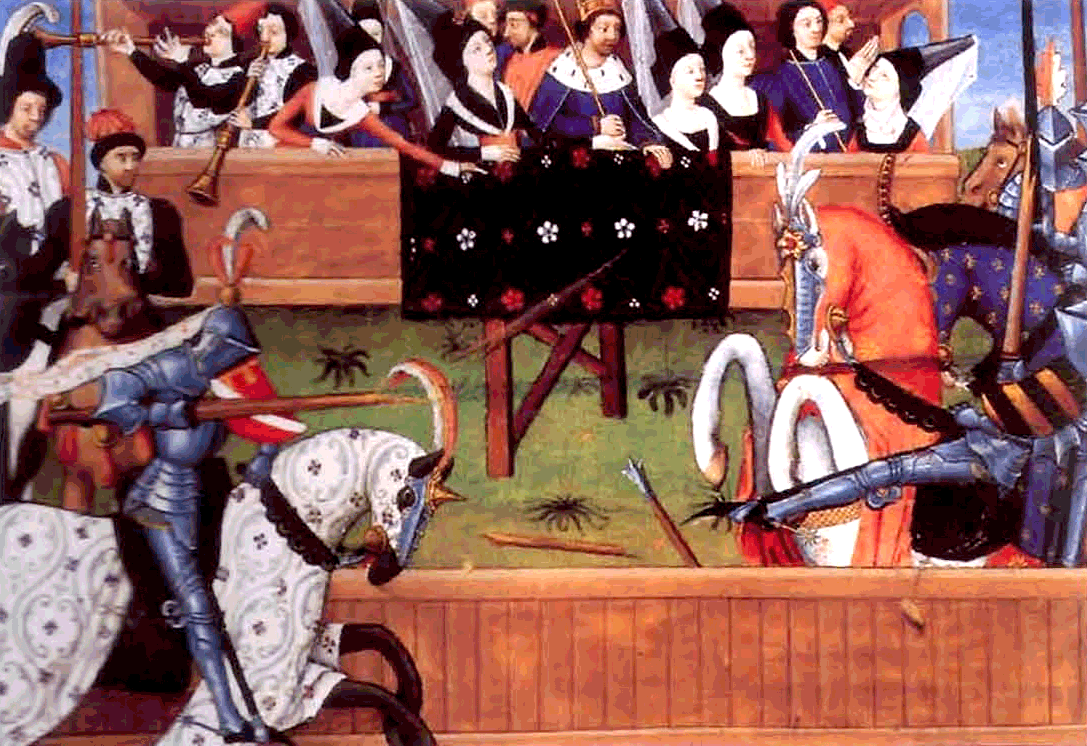
Throughout Europe, the general trend to migration that had characterized the Dark Ages had come to a halt. Family roots were now firmly bedded in, with the village settlement in place and, at its centre, the first two “estates”: the priest, who prayed for all, and the knight or lord who fought for all. By the 13th century, the notion of gentility was firmly established among the lordly classes, who sought connections with similarly genteel families through marriage. The idea of a stable, ancient and exclusive bloodline was accentuated, and the development of the shield of arms created an ideal symbol to confirm the hereditary nature of that descent.
By the second half of the 12th century, the male members of the nobility of Europe were starting to place upon their shields certain devices, or “charges”, which had become associated with their families. Symbols such as chevrons and lions appeared on their seals and military accoutrements. Some surviving seals from this period bear pictures of mounted knights carrying shields of arms, while on others the shield itself is the principal device. At the same time, the marrying of shield and symbols was starting to become hereditary. It is the splendid coupling that we recognize as heraldry.
In medieval society, the rise of the tournament and the refinement of the armourer’s craft, which allowed the well-dressed fighting man to have his face protected behind a great iron helmet, are the two main reasons given for the explosion of armorial devices between 1150 and 1250; these twin developments also gave medieval knights ideal outlets for their peacock-like pride and natural pomposity. The evolution of the tournament as the principal showcase for knightly prowess apart, that is, from periods of actual warfare – assisted, even if it did not directly influence, the nature of heraldic display. This close relationship can be seen in the fact that the crest worn on top of the helmet, the second most important accoutrement in the heraldic “achievement” was in certain countries afforded only to those of tournament rank – that is, the richest and most influential of the knightly class.
Heraldry had a great part to play in chivalric ideals. The winning of a good lady through love and brave quests was a popular theme, and books were liberally scattered with allegorical arms. Often medieval chroniclers used the castle as a symbol of a lady’s virtue that was to be stormed and captured by the knight’s love and passion. |
Heraldry Introduction | The Origin of Heraldry | The Law of Arms | the Coat of Arms | The Language of Heraldry | Color of Shield & Meaning | Symbolic Meaning
Home Disclaimer Contact Us



